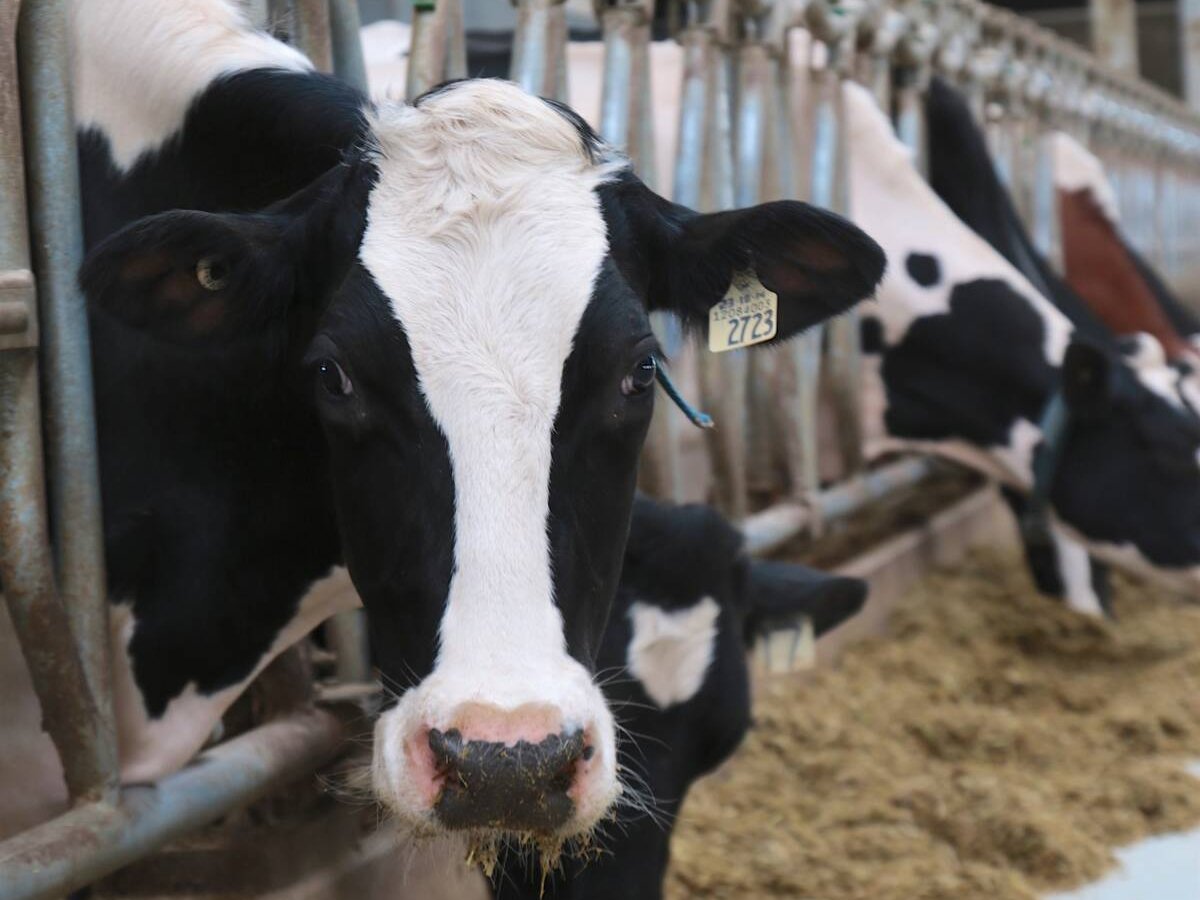Manitoba hog producers could trim their insurance premiums on barns and livestock by almost a third by forming their own insurance program.
Insurance premiums for protection against fire losses and damage have soared over the past few years, especially among the larger operators. During the Manitoba Pork Council’s annual meeting in Brandon April 7-8, Winnipeg chartered accountant Jim Peters floated the idea of an insurance entity specific to hog producers.
“What we’re talking about here is trying to find some way to save cost,” said Peters, who helped aerial applicators on the Prairies forge insurance suited to their needs.
Read Also

The Organization for Economic Co-operation and Development lauds Canada’s low farm subsidies, criticizes supply management
The Organization for Economic Co-operation and Development lauded Canada’s low farm subsidies, criticized supply management in its global survey of farm support programs.
“You don’t need insurance companies. You can do that on your own with other operators.”
Insurance rates for hog barns in Manitoba vary somewhat, but Peters said he knows of barn owners who have seen premiums rise to $9,000 a year from $2,000. Those kinds of increases happened within the past five years, he said, and were driven partly by events outside the hog industry.
Peters has heard of producers being told that the collapse of the World Trade Centre towers in a terrorist attack in New York City on Sept. 11, 2001, is one of the reasons it costs more to insure hog barns against fire.
“What do two towers going down in New York have to do with hog barns going down?”
Peters cited ways an insurance service exclusive to hog producers could save money.
Existing insurance firms use 29 percent of premiums to cover administrative costs, with a significant portion spent on marketing, he said. Those marketing costs could be eliminated under what he described as an insurance reciprocal devoted exclusively to hog producers and directed by them.
“Obviously, if you as a group are doing this, you don’t have to pay someone else to sell it to yourselves.”
Further savings could be gained by returning profits from the producer-directed insurance program back to producers, Peters said.
He noted that insurance companies must maintain a reserve of money as an assurance that they can cover claims. The companies generally earn investment revenue on that reserve equal to about 10 percent of the annual premiums that they collect, said Peters.
That investment revenue could be going back into producers’ pockets in the form of a refund or dividend if they had their own insurance entity.
The dividend, combined with the savings on administrative costs, could bring premiums for hog barn insurance down by 29 percent, according to Peters’ estimates.
There would need to be at least 75 barns covered for the insurance program to work, he said. There are 500 hog operations in Manitoba, which means there are more than enough operators to make the idea feasible, provided there is producer support.
Producers at the Manitoba Pork Council annual meeting supported investigating the merits of establishing an insurance program. However, they also made it clear they want it run as an entity separate from the council.
“Manitoba Pork Council does not intend to spend any money other than the staff time to help facilitate it,” said James Hofer, a council director and hog manager for the Starlite Colony at Starbuck, Man.
“As far as I see it, the input would come from the producers who want insurance.”
In an interview, Hofer said Hutterite colonies in Manitoba pooled their efforts more than 15 years ago to establish their own insurance service for buildings, livestock and equipment. They were compelled to do so because it was difficult finding companies willing to insure their hog barns.
The Hutterites formed their insurance entities from within the two districts to which colonies in Manitoba belong. The insurance programs are directed by people appointed from the colonies. The adjusters also are drawn from the colonies.
Hofer said that approach has worked well for them, since the adjusters have a good understanding of the property involved. Premiums have gone down over the past few years and claims are settled more quickly.
One of the reasons premiums went down, he said, is that colonies wanting to insure hog barns were required to install alarm systems in their barns for the early detection of fire if they wanted to participate.
There were growing pains at the outset, he said, noting that one of the bigger challenges was establishing deductibles.
“Once you establish that, the thing is pretty simple to run.”
Peters said it is a myth that insurance is too complicated for the average person to understand and that only multimillionaire companies can manage such a service.
“The basic principles aren’t hard to understand. It’s simply a contract to cover you in case of loss.”
David Rolfe, a hog producer at Elgin, Man., said when a barn is lost to fire, there can be months of lost income on top of the property damage. Rolfe wanted to know whether business interruption coverage could be included under the insurance structure outlined by Peters.
The chartered accountant said there is no legal reason why business interruption insurance could not be tied in. It would be up to producers directing the hog barn insurance to decide how extensive the coverage would be.
When asked whether banks would be squeamish about lending money to an operation covered by such an insurer, Peters said it does not appear that would be a problem.














